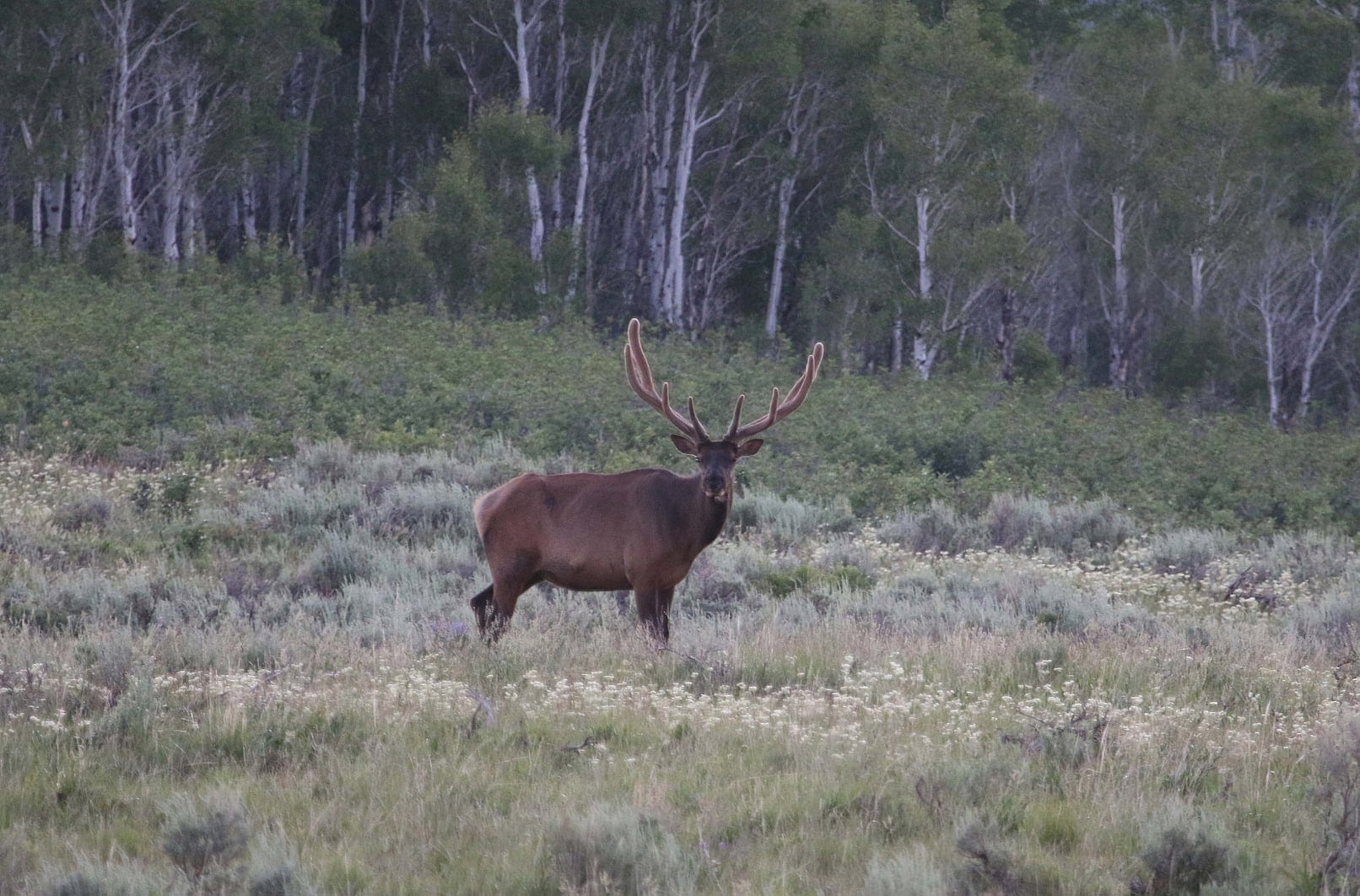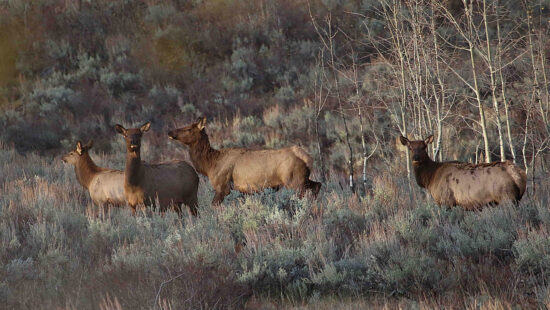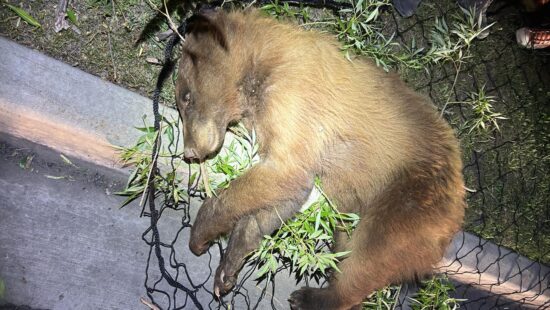Wildlife
2023 big game hunting permits to decrease following Utah Wildlife Board approval
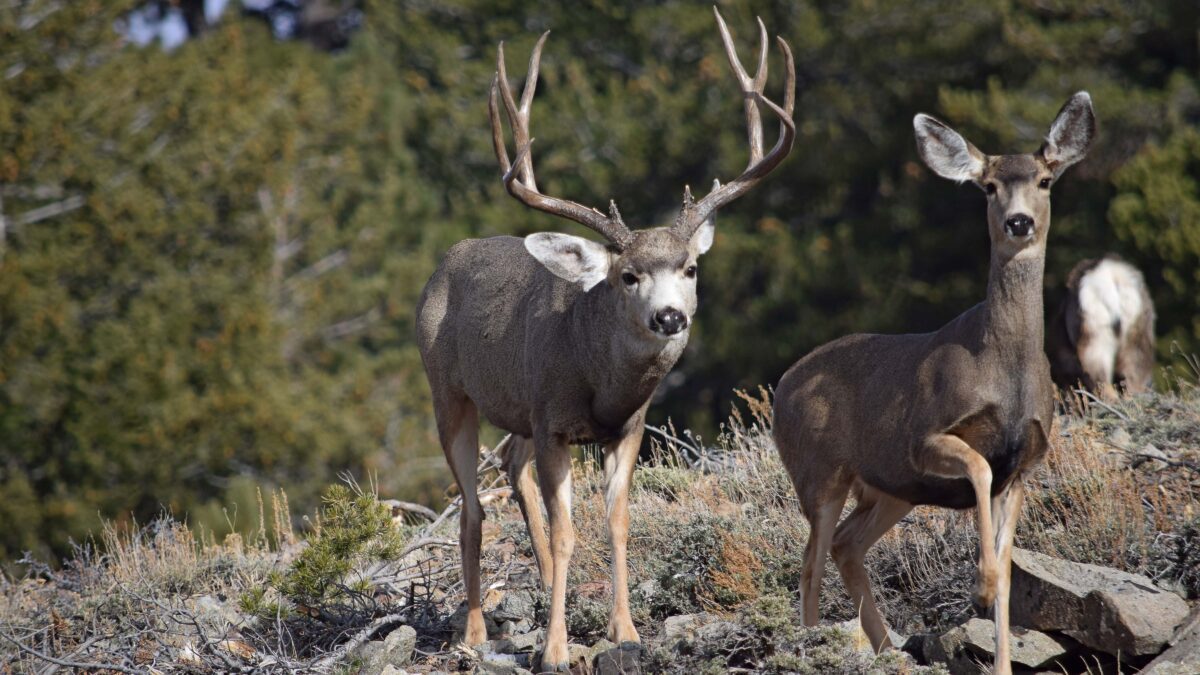
A mule deer buck and doe. Photo: Courtesy of Utah Division of Wildlife Resources.
UTAH— For the fifth year in a row, the amount of available big game hunting permits for 2023 will decrease, including general-season deer, antlerless, and other big game hunting permits.
Several other changes were approved related to disease rules, game retrieval, meat salvage requirements, mandatory harvest reporting for antlerless hunts, and other regulations. All changes were approved by the Utah Wildlife Board at their meeting on May 4.
Each species across Utah has a management plan that focuses on maintaining healthy, sustainable populations. In addition to the overarching plan, additional factors play a role in recommendations for the number of hunting permits, such as buck-to-doe ratios, population estimates and demographics, GPS collar and body condition data, harvest rates from the prior season, and habitat and environmental conditions such as the effects of drought or snowfall.
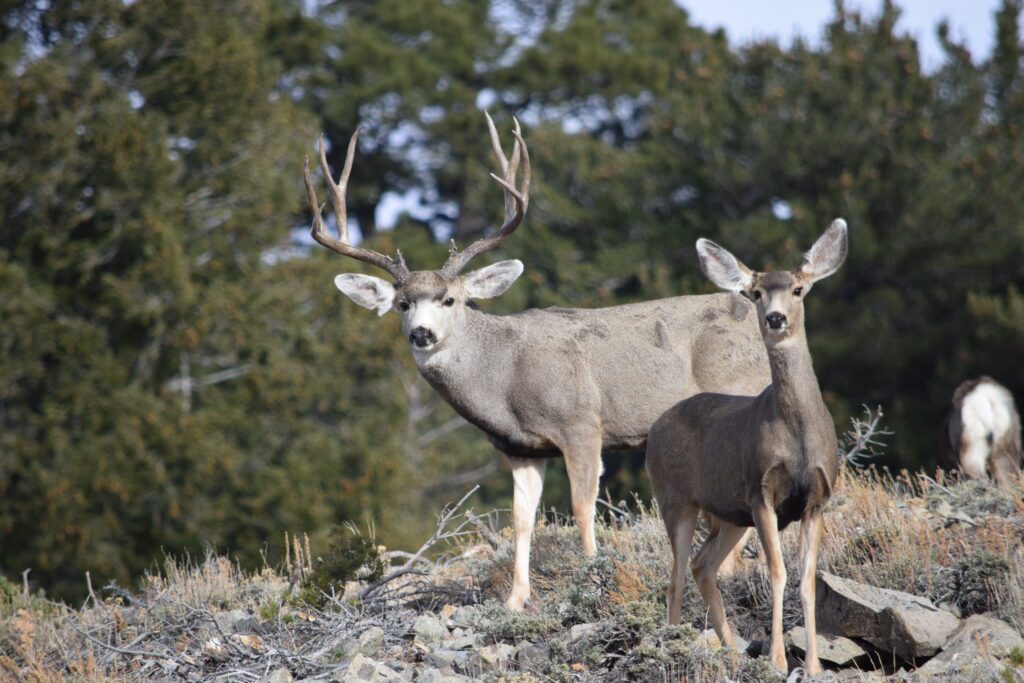
The 2023 winter season has been difficult on wildlife, with snowfall creating food shortages. According to the current mule deer management plan, the targeted population objective is to have 404,000 deer across the state. Current estimates are significantly less than the objective of 335,000 deer.
“There are a few things that can negatively impact deer populations in Utah,” said Dax Mangus, DWR big game coordinator. “Those include poor or limited habitat, predators and weather — at either extreme, ongoing drought or really heavy snowfall like we had this winter. The most important factors that drive deer population numbers are the survival rates of doe deer (since bucks don’t have babies), fawn production and fawn survival after the winter. The way we hunt buck deer in Utah doesn’t drive deer populations, but what happens with deer populations drives how we hunt buck deer.”
While survival rates for deer varied this winter, herds in the north and northeastern parts of the state were hardest hit. These areas will see a more significant reduction in available permits for 2023. In total, 64,725 general-season deer hunting permits will be available for 2023. That is an 8,350 permit decrease over the previous year, with 11 of the 31 deer hunting units receiving fewer permits.
“While it is hard to see the negative impacts of the severe winter in northern Utah, it is exciting to see high fawn production and very high survival of does and fawns in southern Utah,” Mangus said. “Biologists look closely at each hunting unit and individual situation when they make permit recommendations. We are recommending a decrease for both buck deer and antlerless deer permits again this year, but the circumstances of individual deer populations vary greatly across the state. We use the best available data and our management plans to make proactive recommendations for the herd health of our wildlife.”
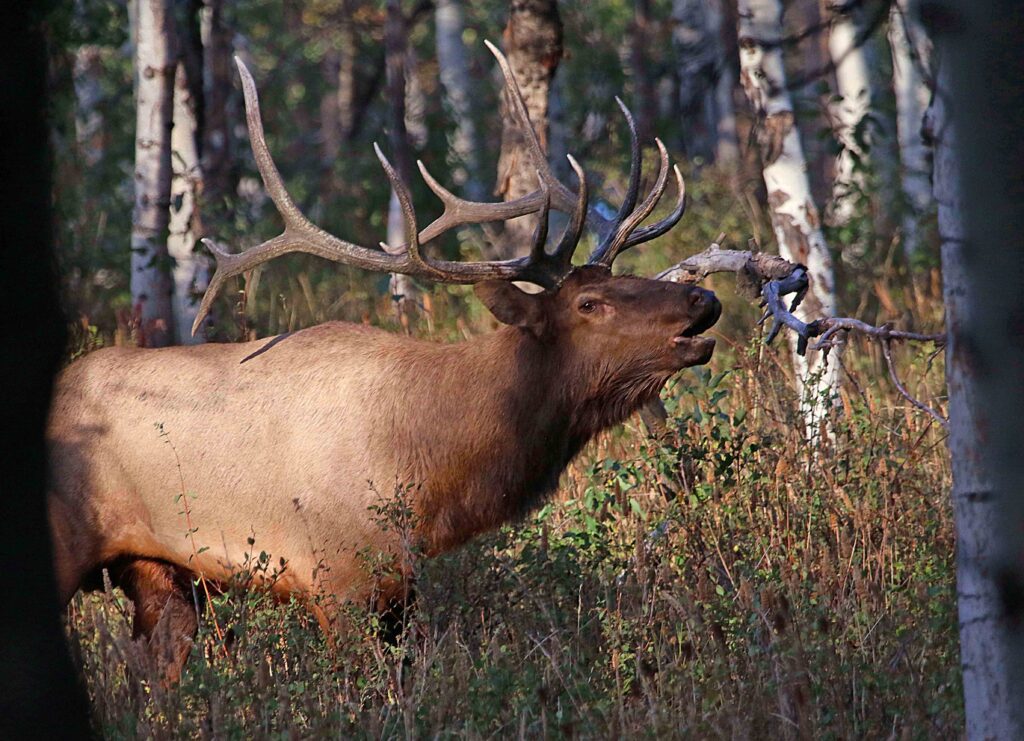
While the deer population is well below the management objective, elk in Utah are estimated to be almost 3,000 above the target of 80,000 individuals. Both the public elk bull draw and youth draw-only will see increases in the number of available permits. Elk harvested from the limited-entry bull elk hunts will also be part of mandatory tooth reporting to help DWR conduct research.
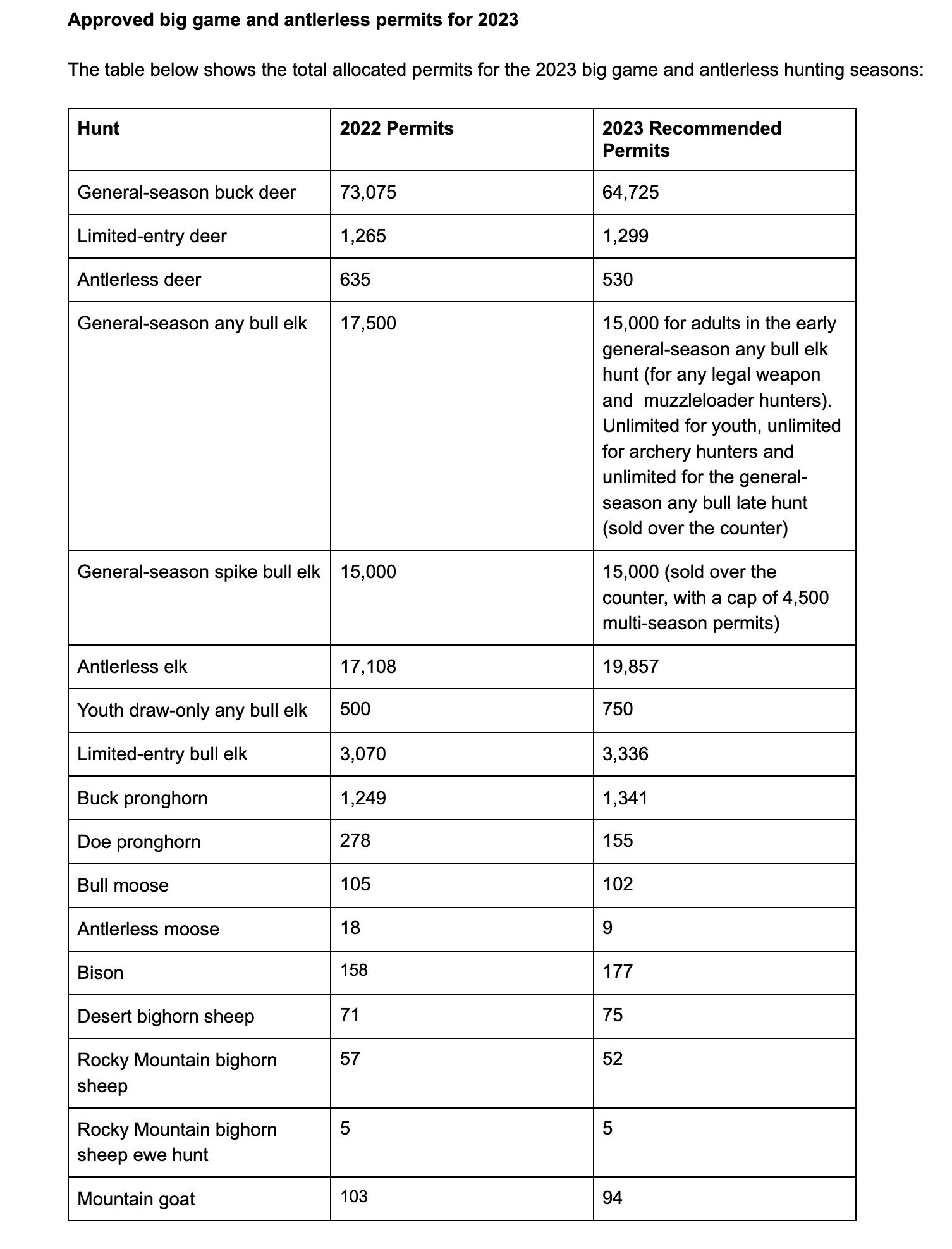
In addition to changes related to permit availability, the Utah Wildlife Board also approved new rules, such as the requirement for game retrieval and meat salvage. Hunters must physically check an area where an animal was shot to see if a kill was made or if the animal was wounded before the hunter leaves the area. If a kill was made, hunters must harvest meat from the front quarters above the knee, hind quarters above the hocks, and along the backbone between the neck and hindquarters, including the loins and tenderloins.
A complete list of the approved changes can be found by viewing the wildlife board meeting or on the DWR website.















